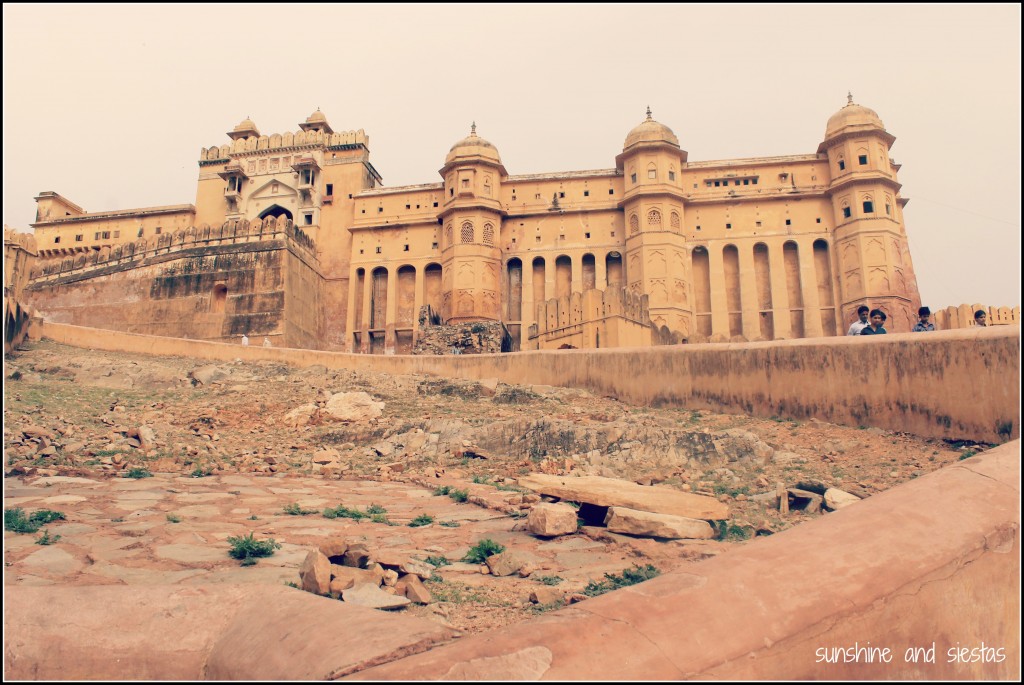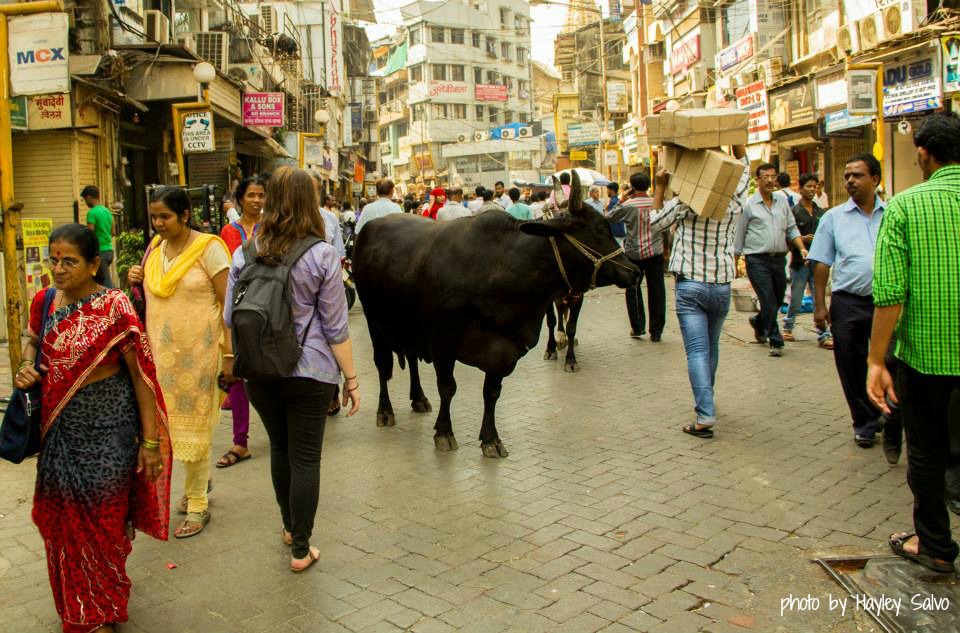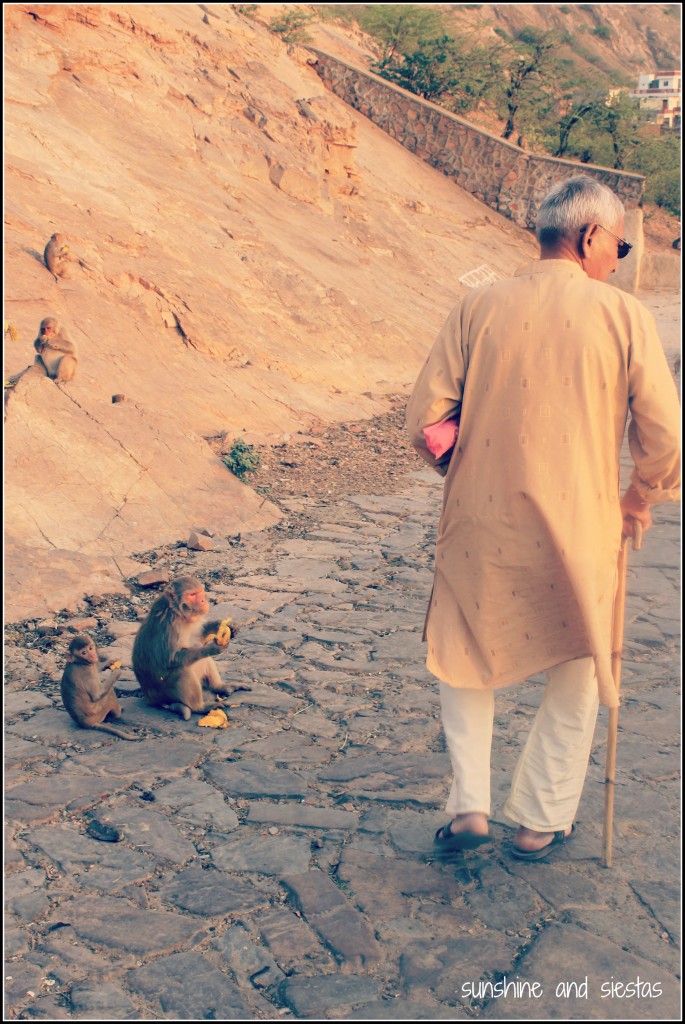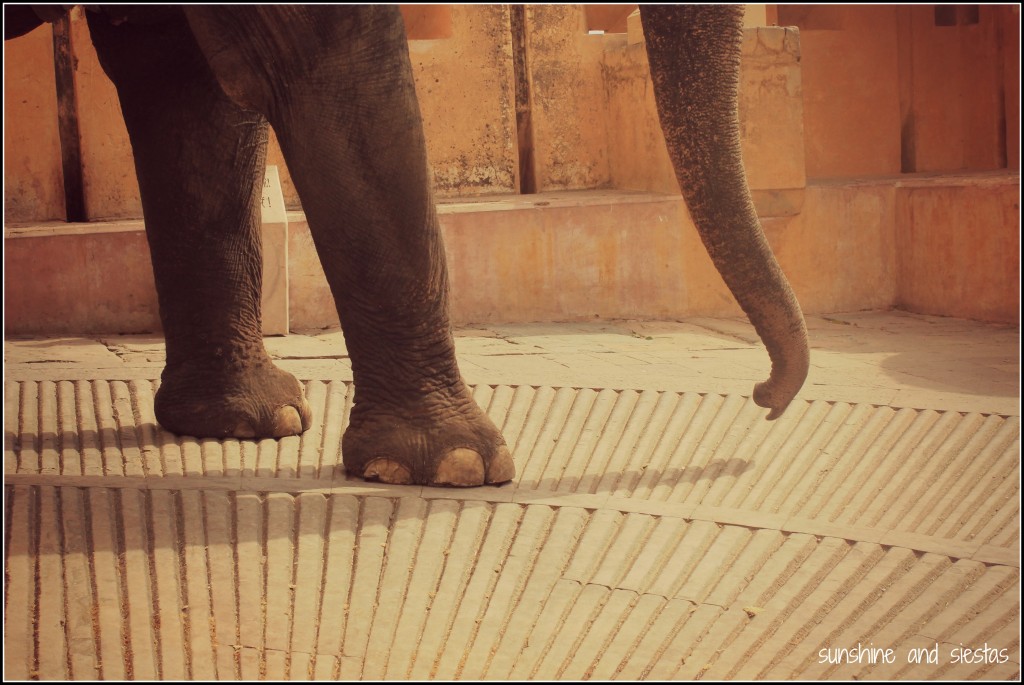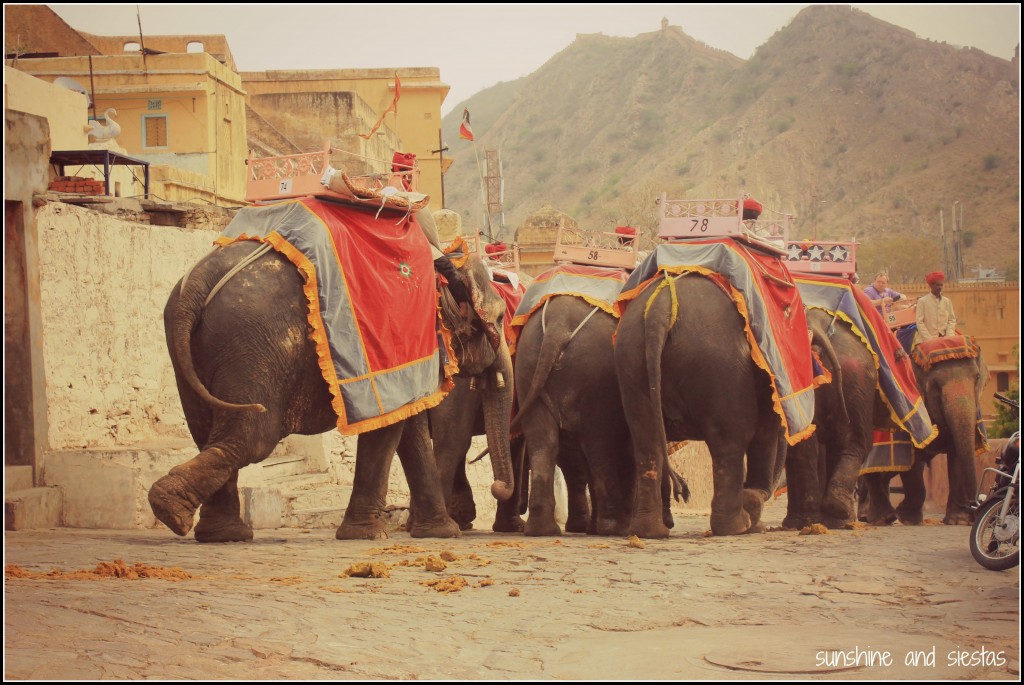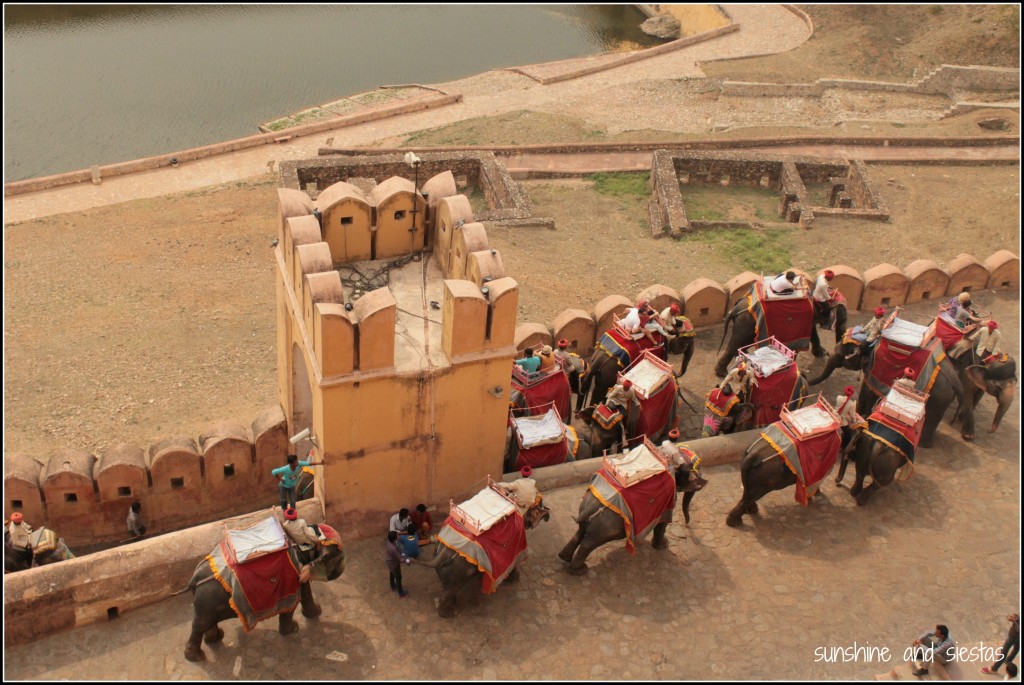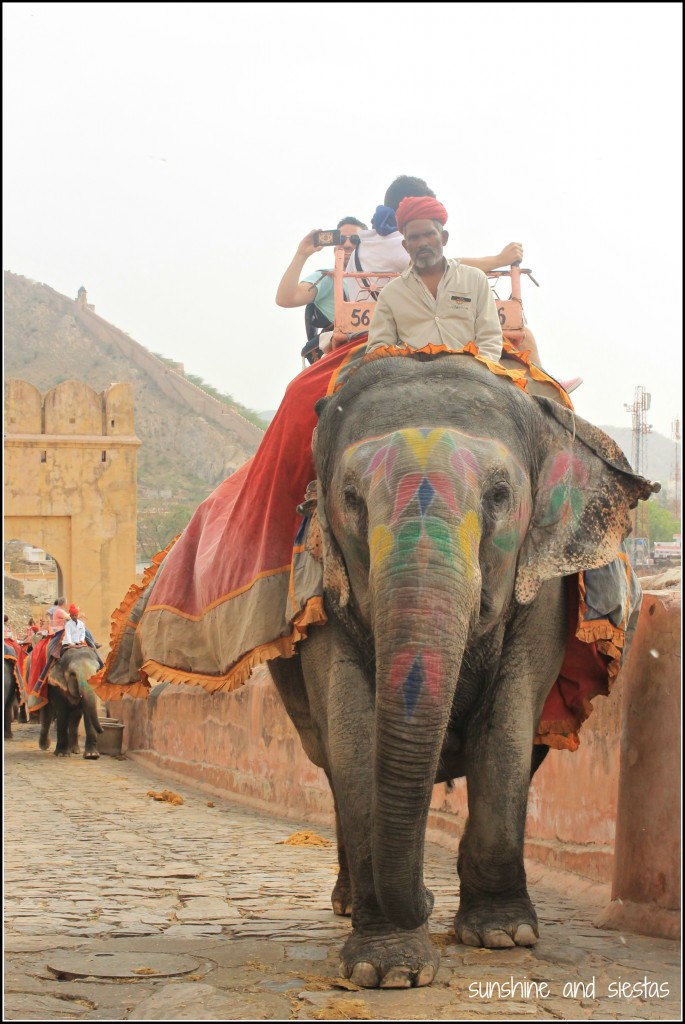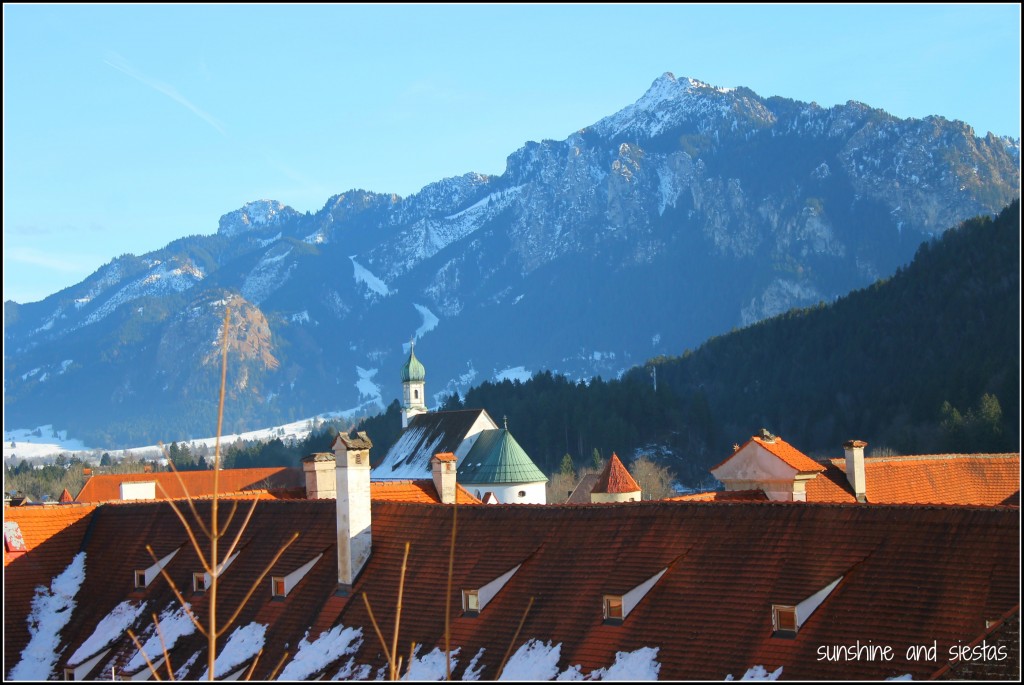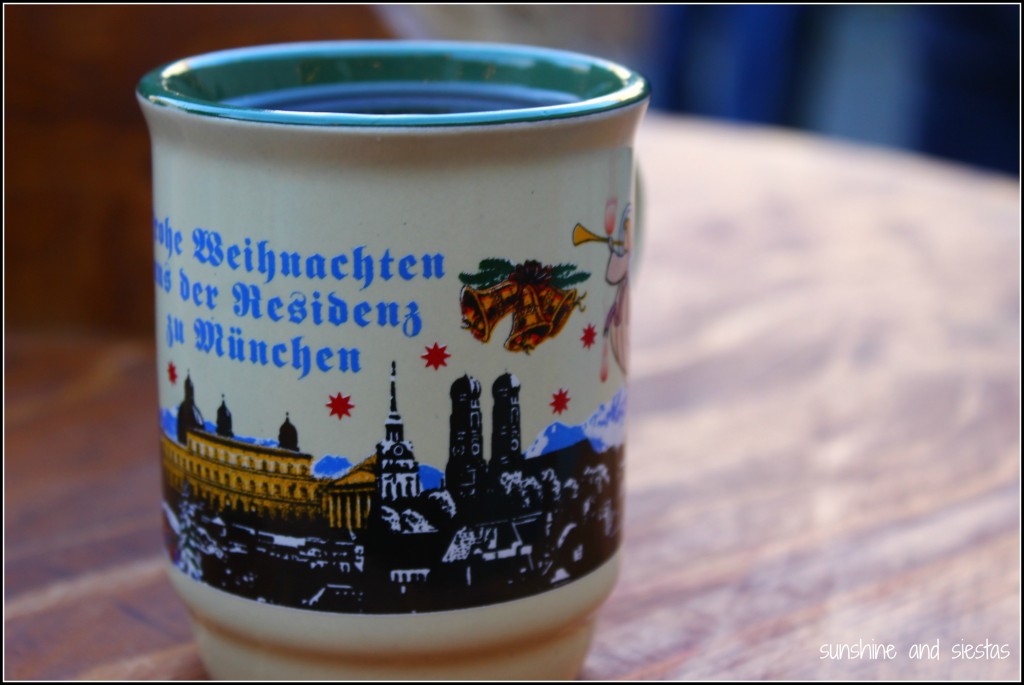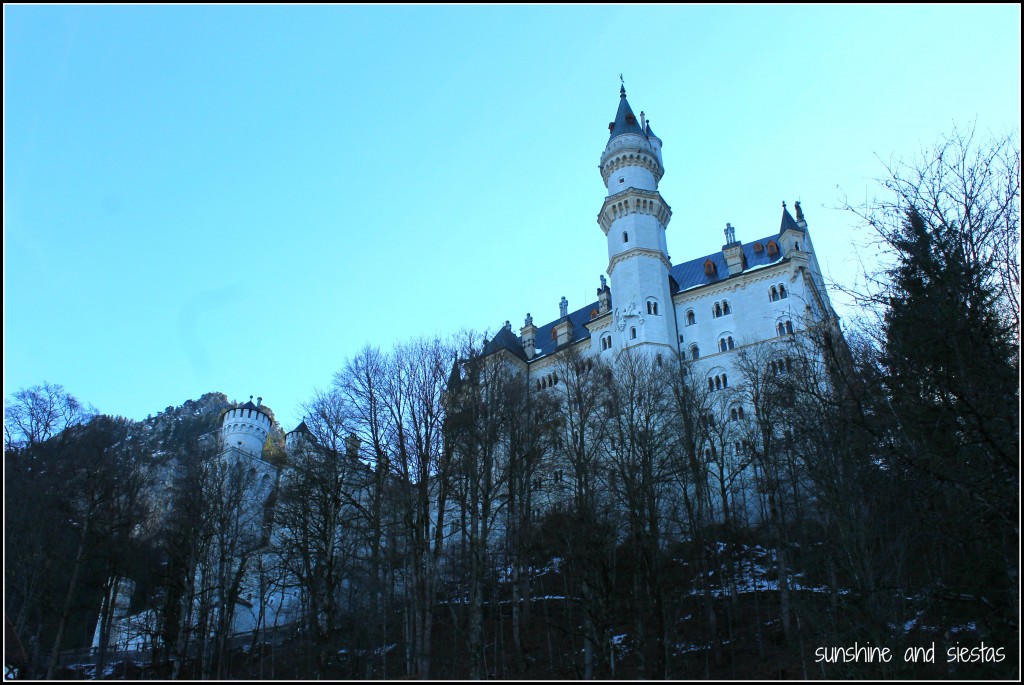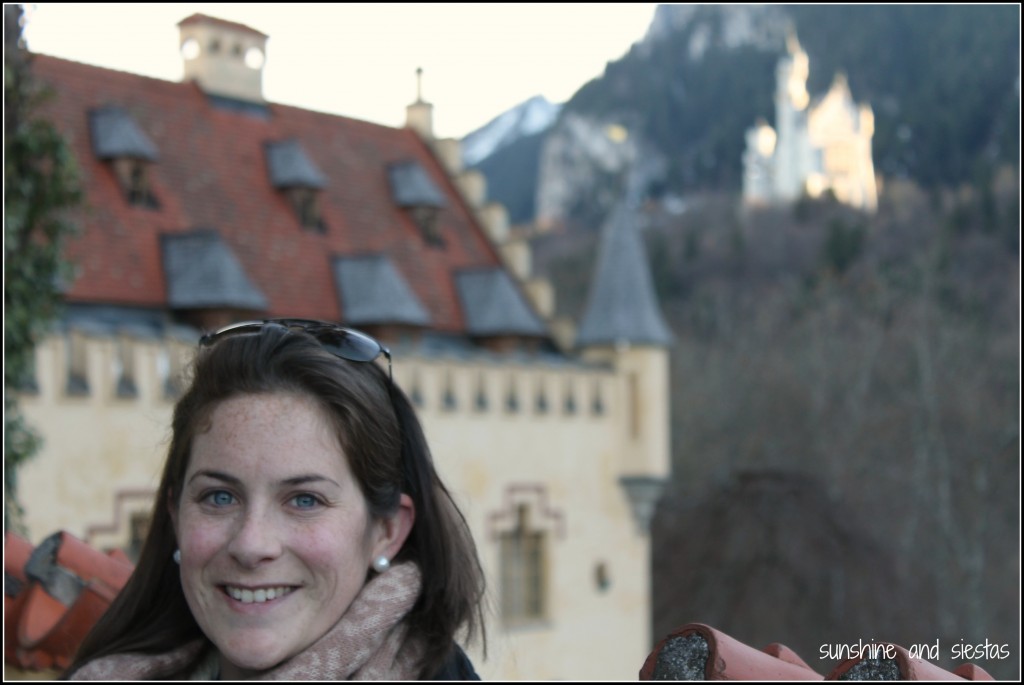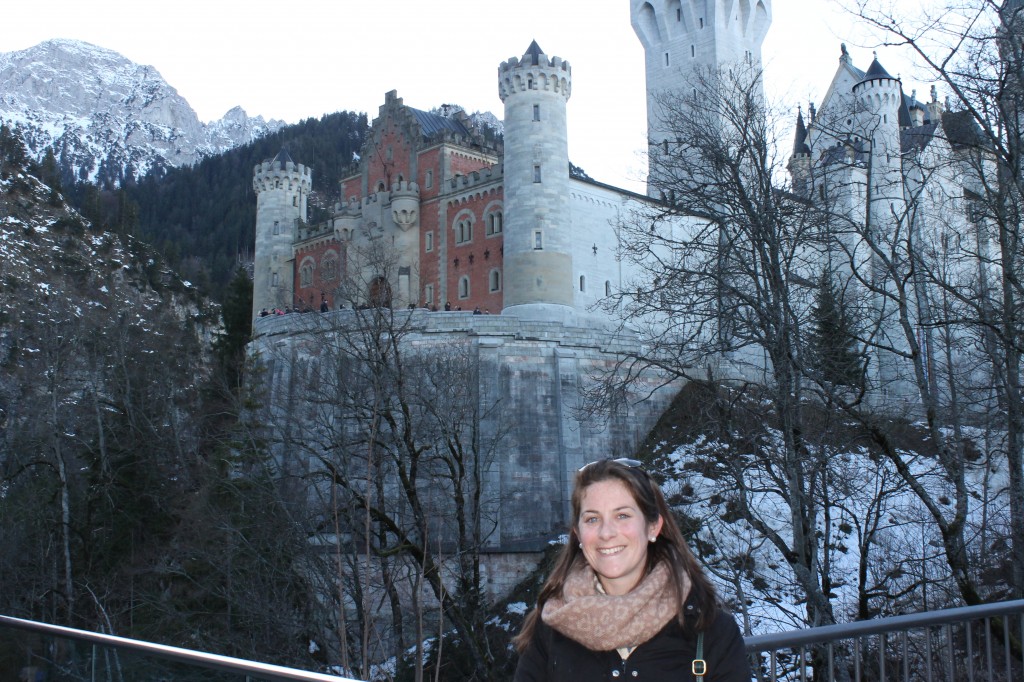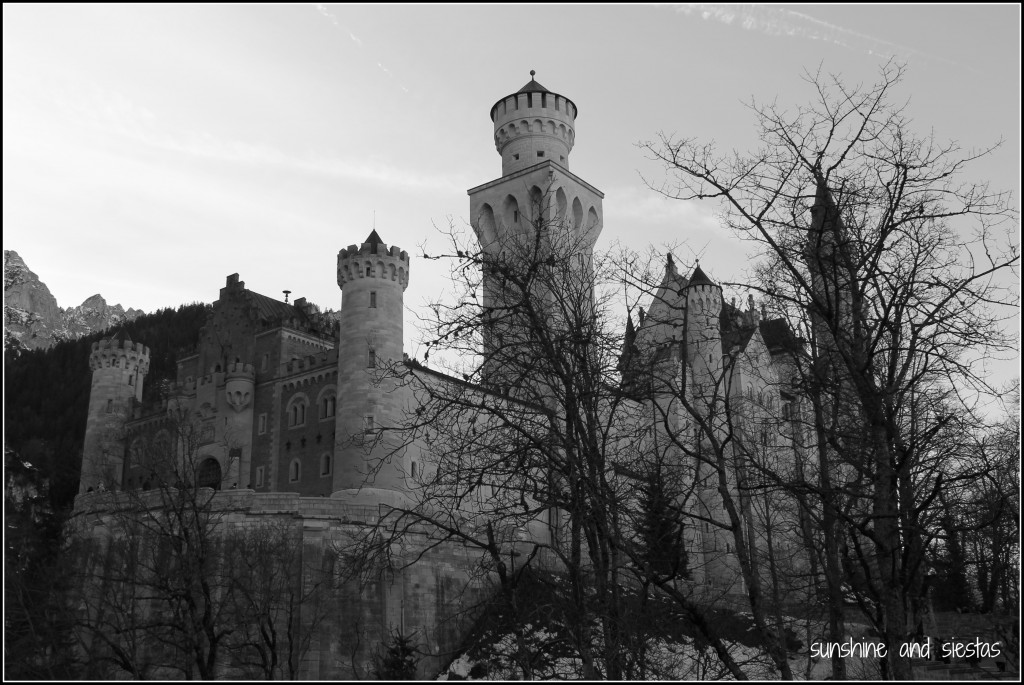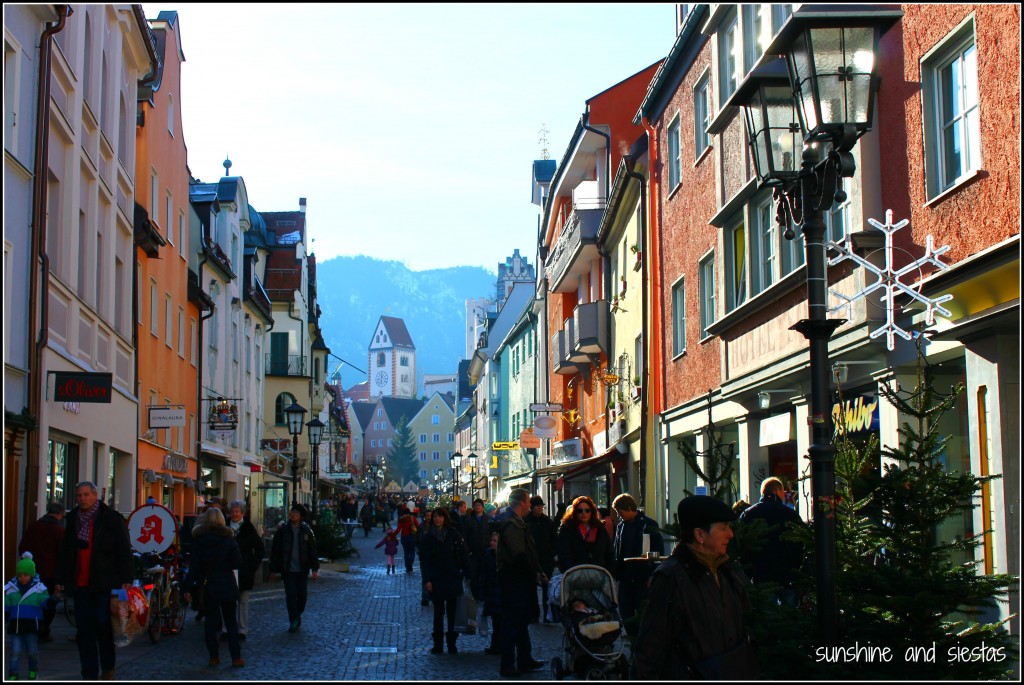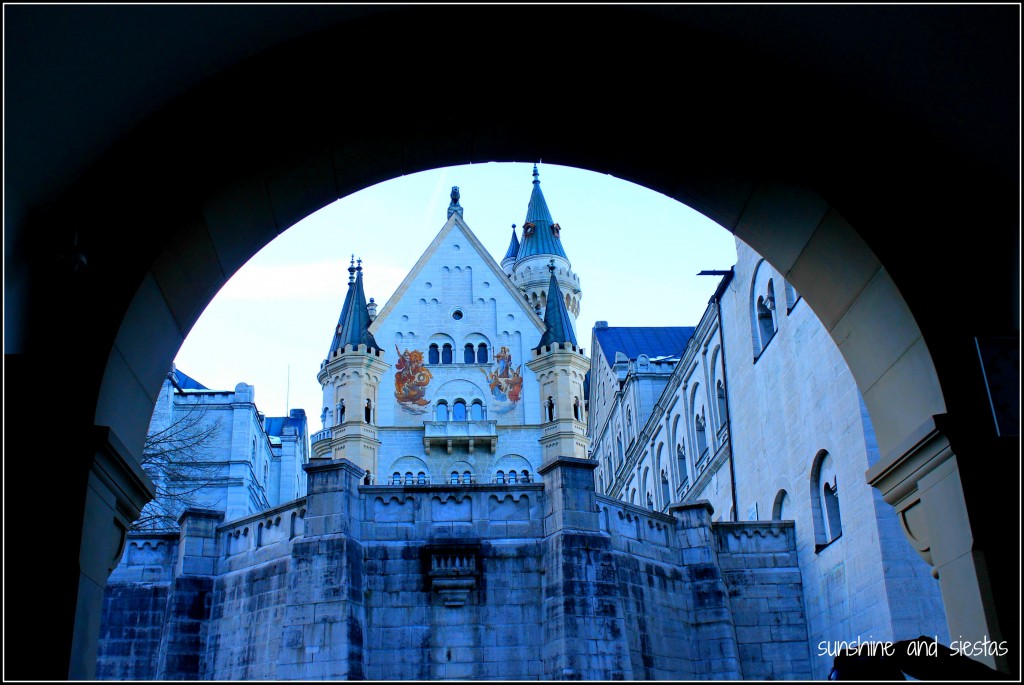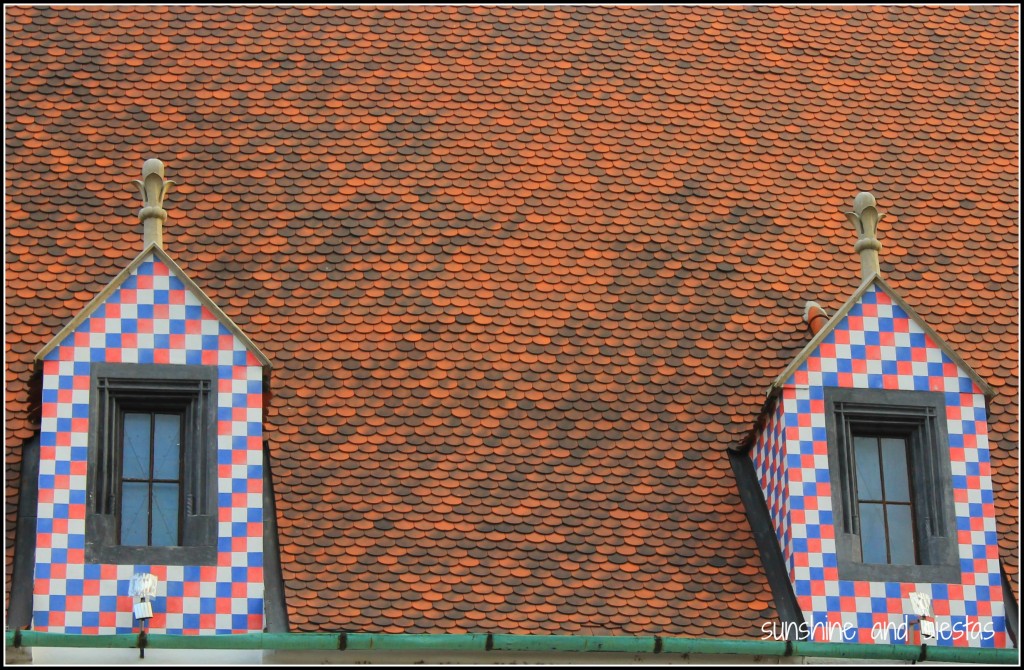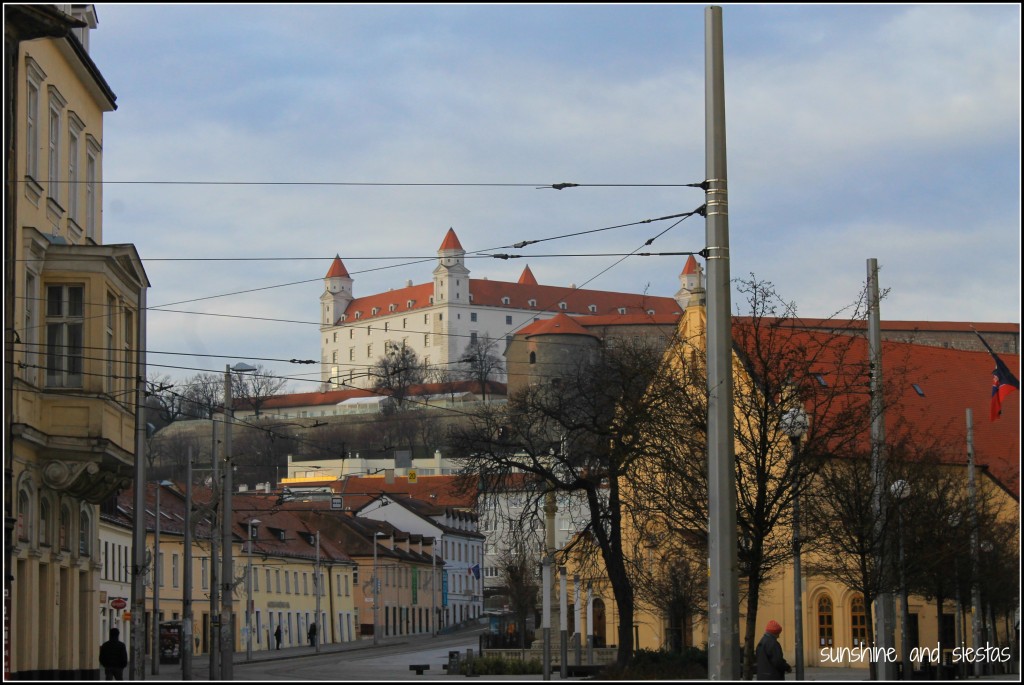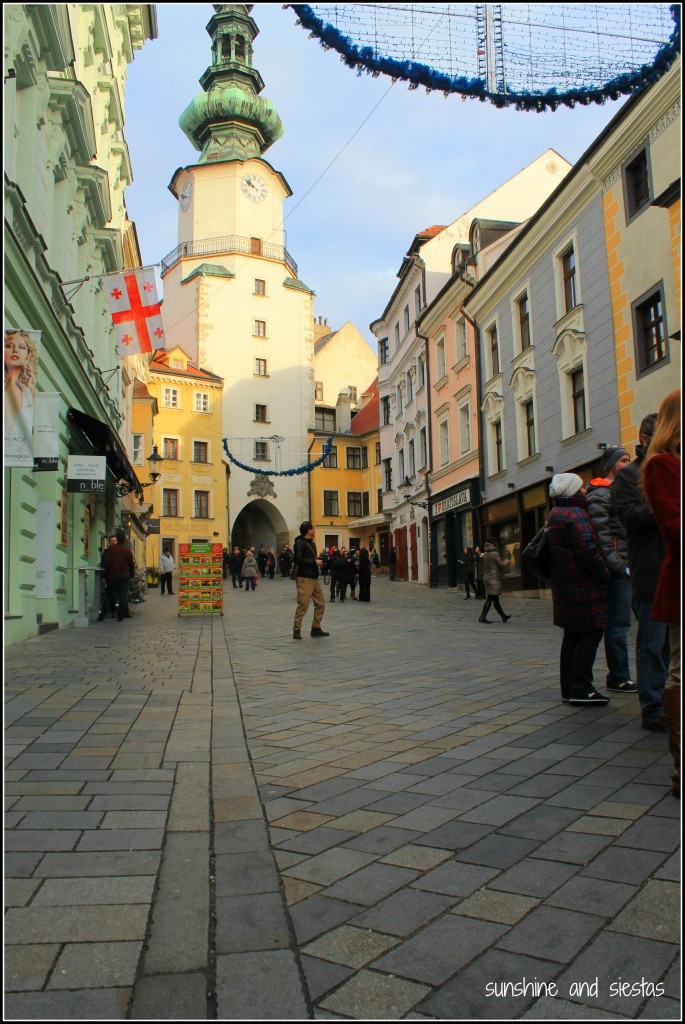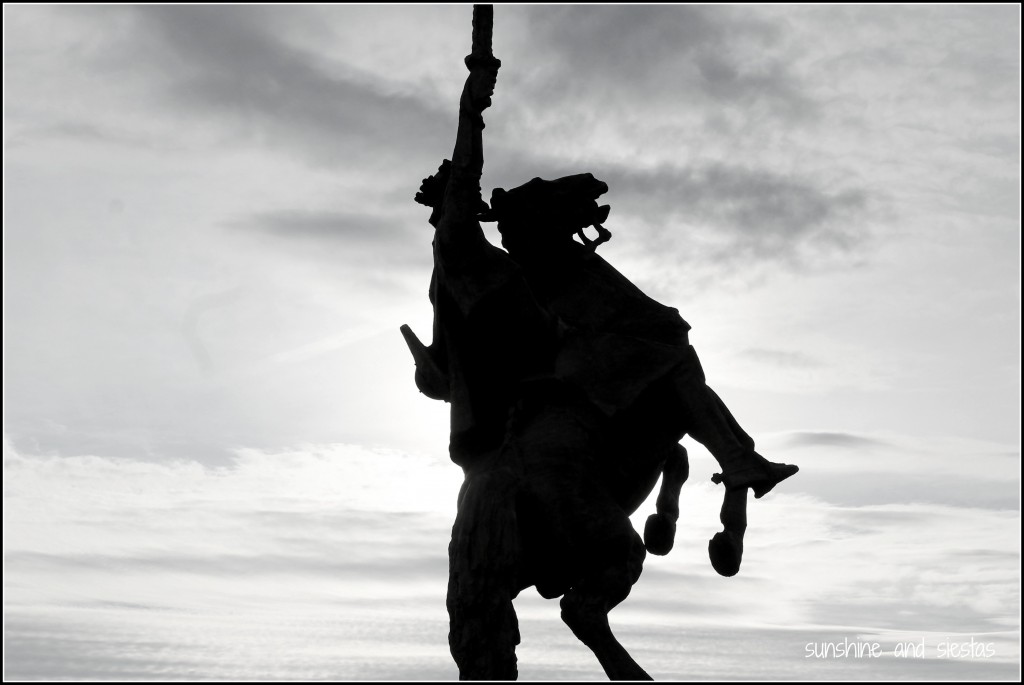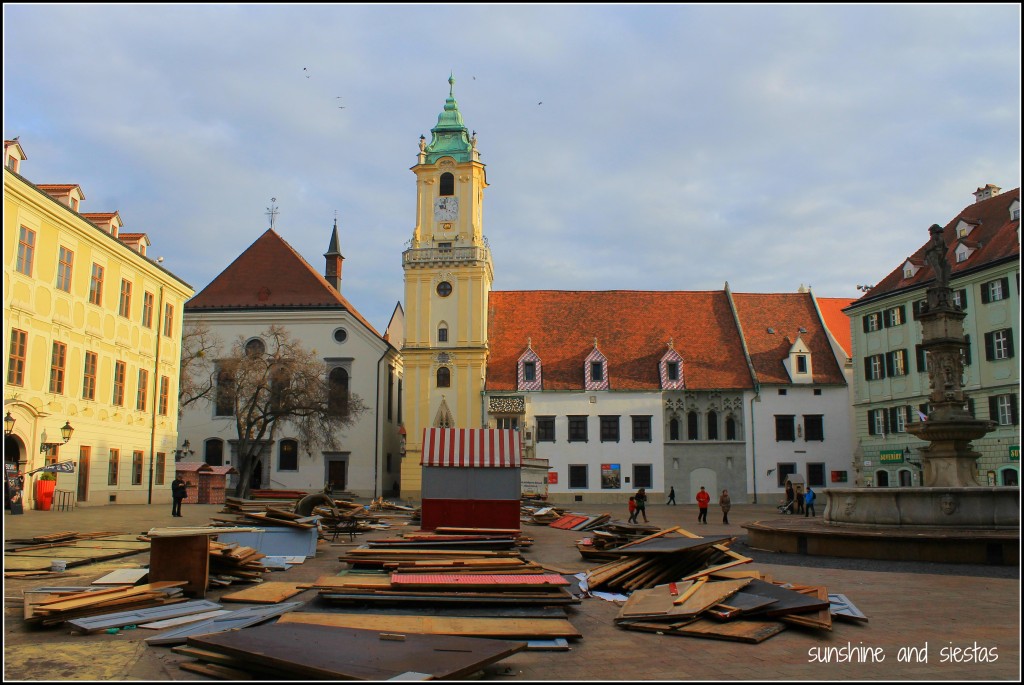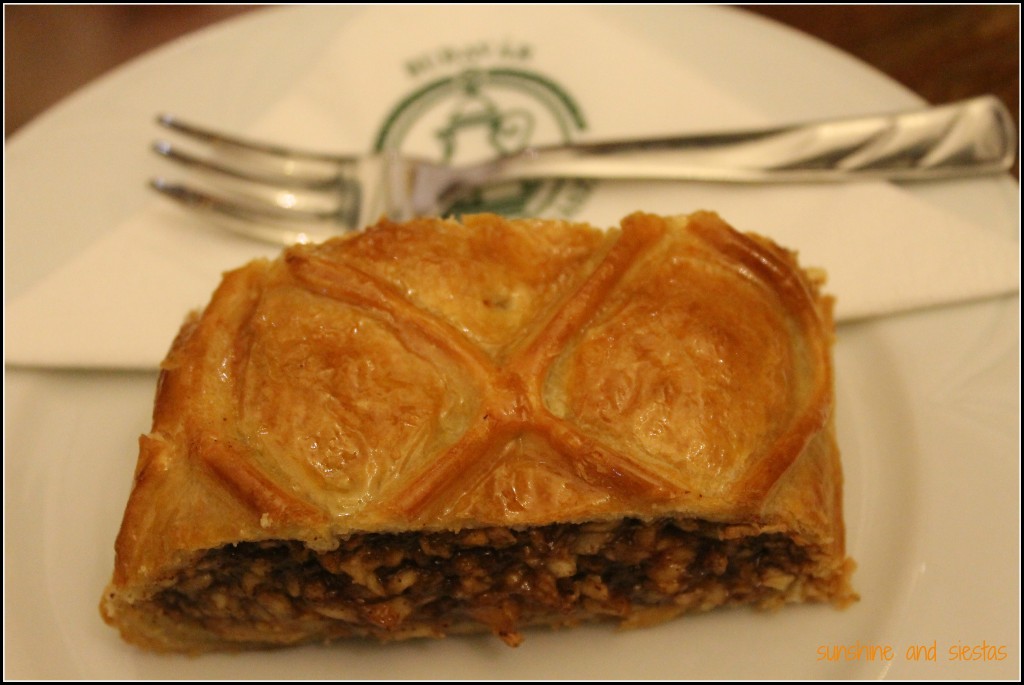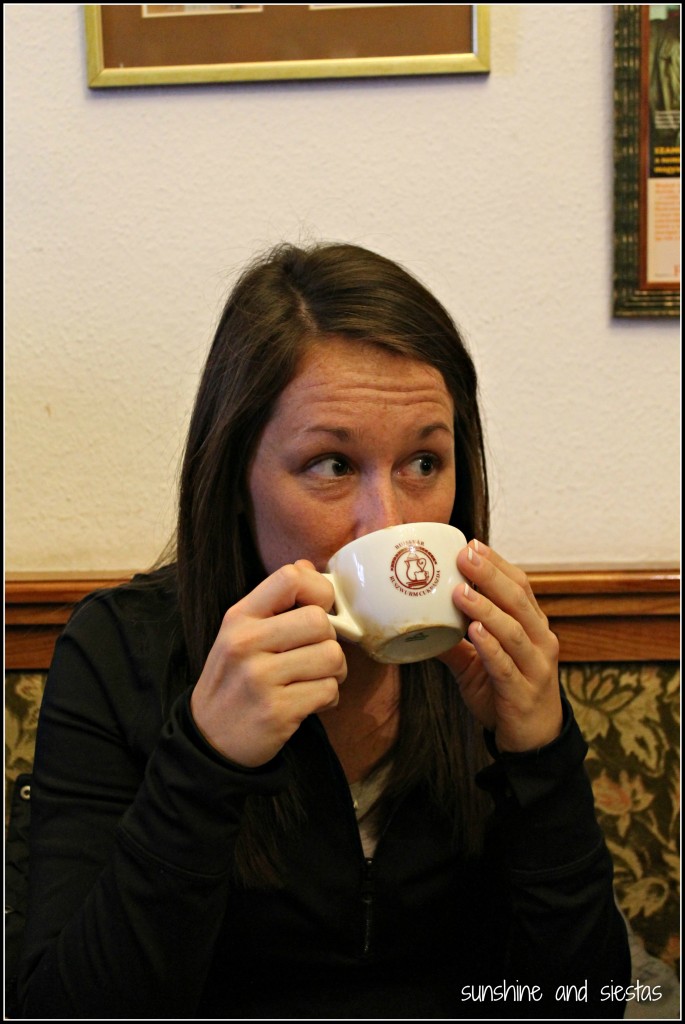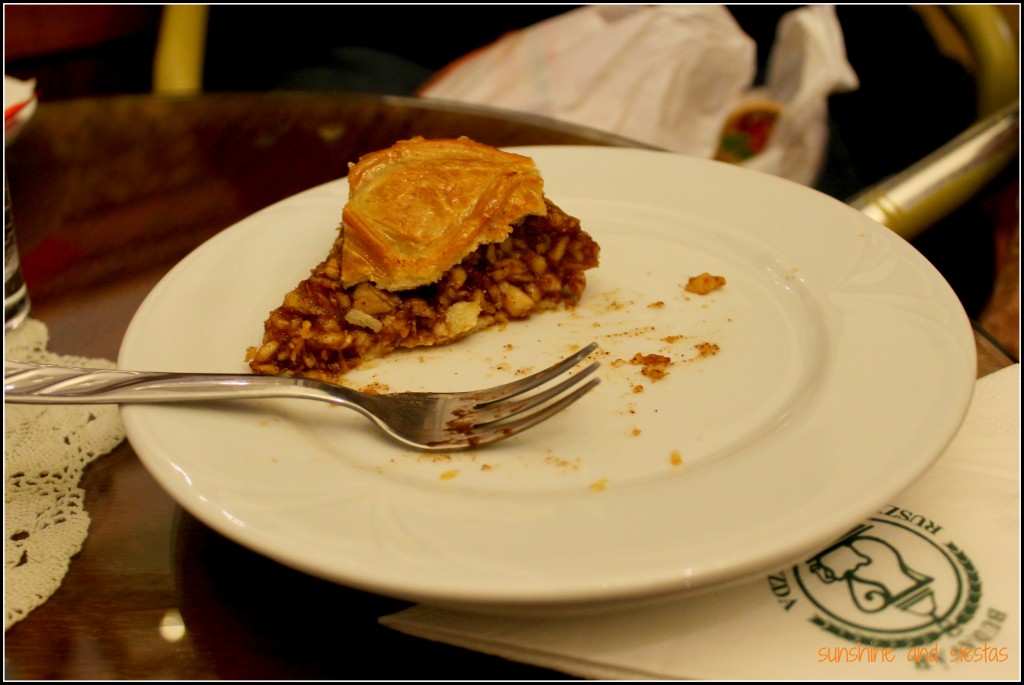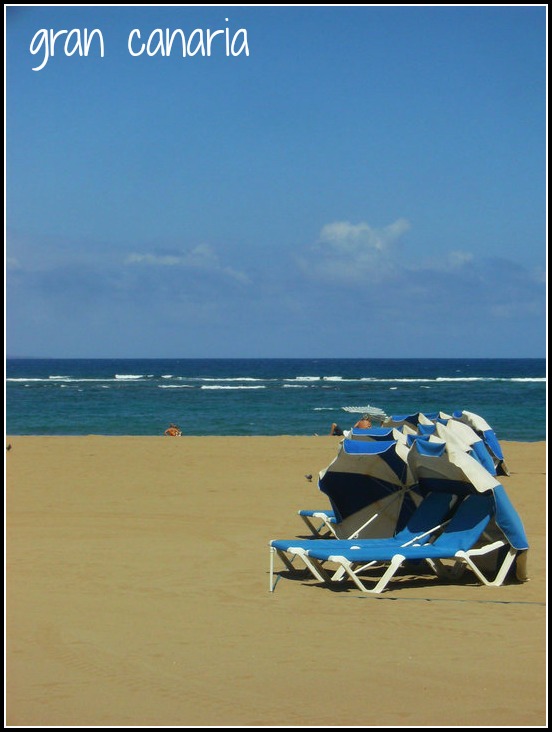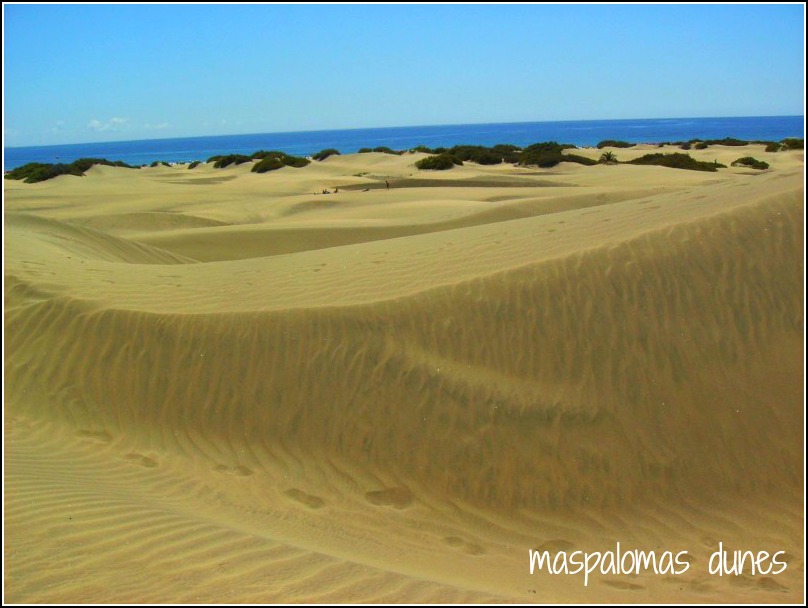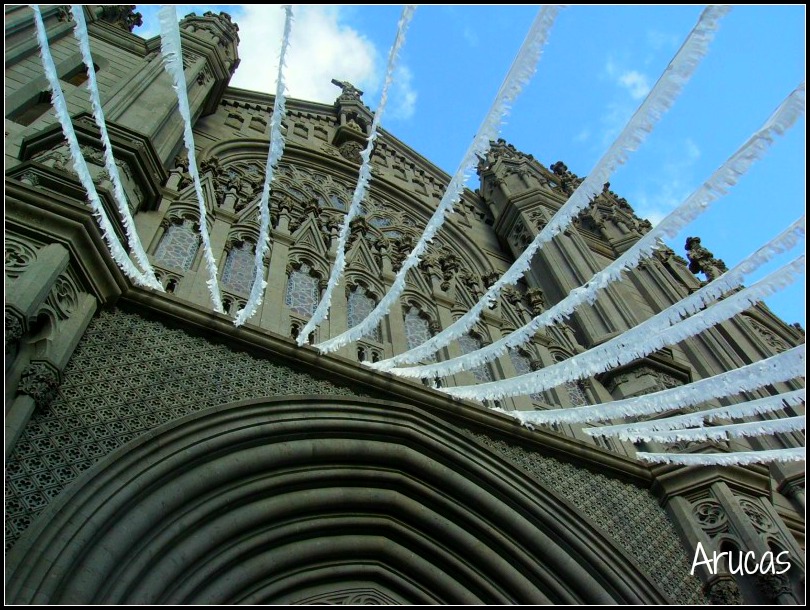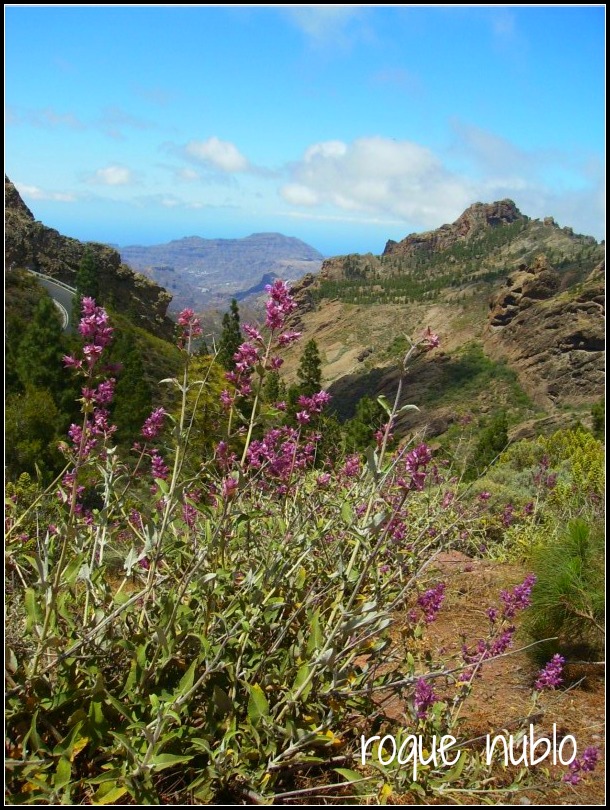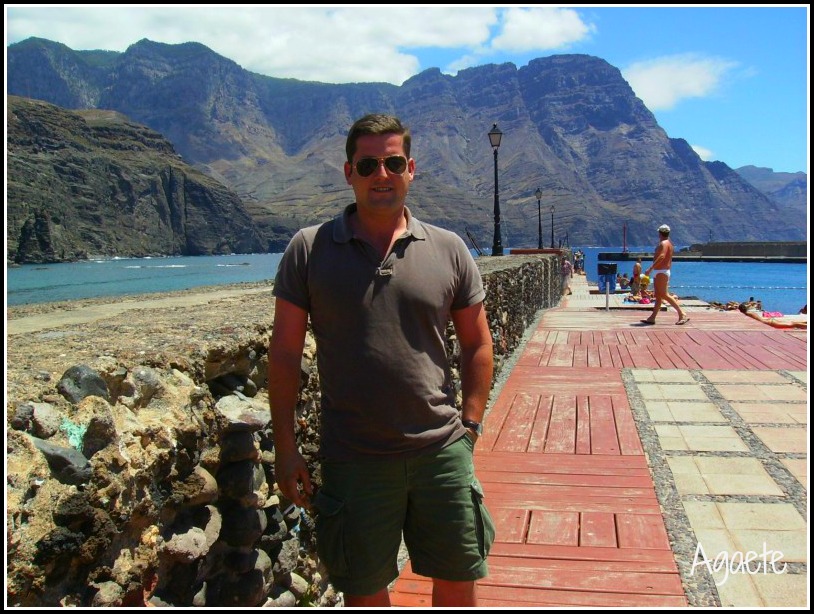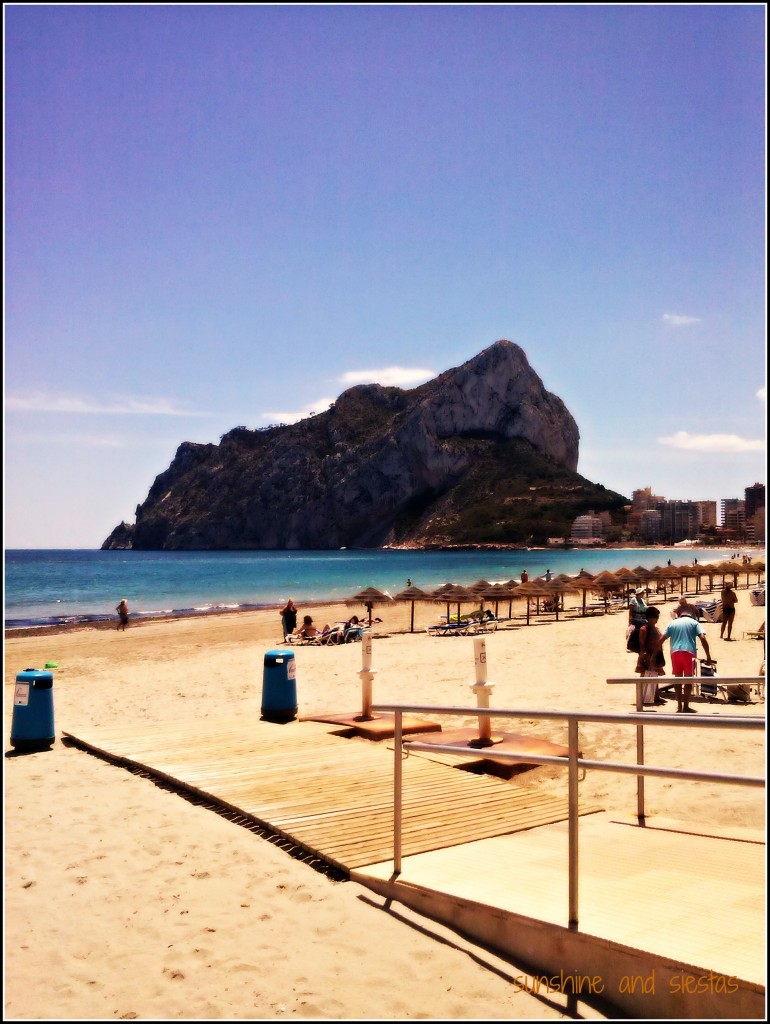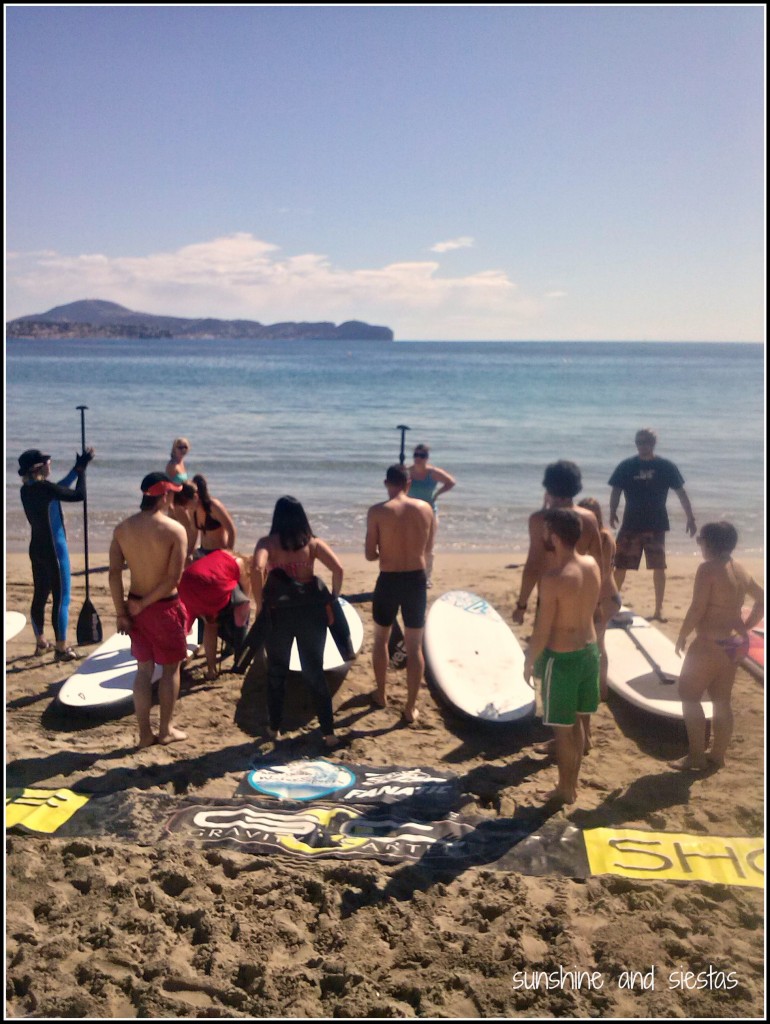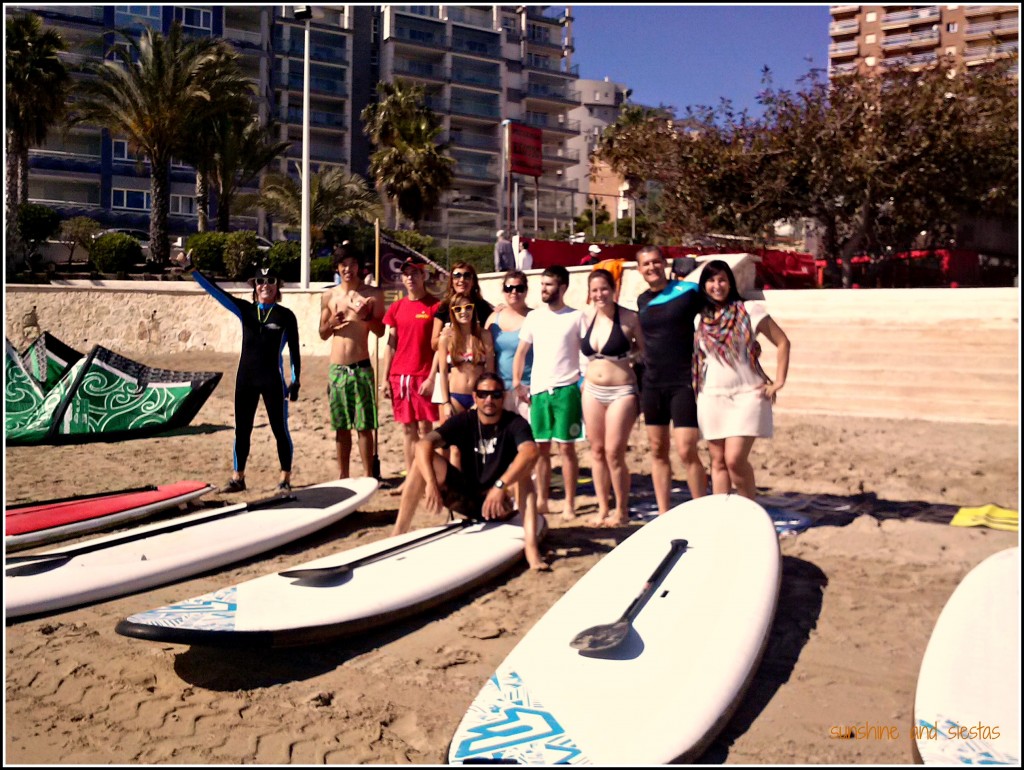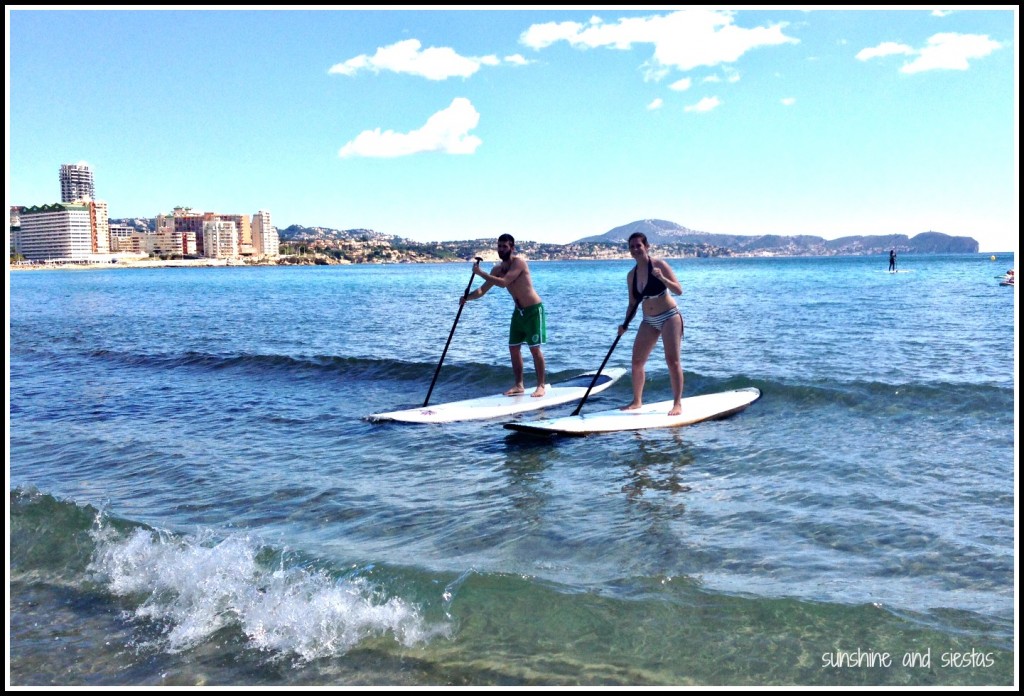“Ok, you have one minute to decide: ride elephant, walk.”
Ali swung around, eyebrows raised. His heavily-decorated tuk tuk’s engine shivered as it halted to a stop and he used his leg to steady it. I looked at Hayley and took a deep breath. “I can’t do it, I’m sorry.”
The city I most looked forward to visiting in India was Jaipur, a metropolis dubbed “The Pink City” that is famous for its salmon painted buildings and the Amer Fort. Once we’d gotten our bearings in Delhi and Agra, Hayley and I were set to enjoy endless lassi yogurt drinks and climbs to some of India’s most jaw-dropping forts and palaces.
Other travelers told me that Jaipur rises out of the desert like a mirage, but we rolled in on a sleeper train that was delayed several hours through a seedy part of town. The porter knocked on the door and motioned for us to get off. Jaipur, after Delhi’s chaos and the scam-laden town of Agra, was already a dream.
Ali stood, arms crossed, waiting to take us to Hotel Kaylan. Though illiterate, he pulled out a journal that was full of recommendations and reviews from other traveler. He stood up and opened the compartment under his seat, taking out a photo album so we could settle on an itinerary.
Apart from the city’s main sights, like the various forts and palaces, the Janta Mantar and the Hawa Mahal, he pushed the Elefantastic park, allowing us the opportunity to paint, feed and swim with the pachyderms. After all, the Rajasthani state is famous for its Indian Elephant festivals and breeding grounds, and elephants have been used for centuries in trade and commerce. What’s more, one of Hinduism’s most beloved gods, Ganesh, the god of good fortune, is depicted as an elephant.
Ali drove us to the Monkey Temple at sunset. Animals are quite commonplace in the streets in India – not only are sacred cows able to freely roam cities and eat all the trash they can find, but we saw goats in rickshaws, pigs and warthogs complacently lying on patches of cracked cement, and now monkeys swinging about temples as the faithful prayed.
India is different when it comes to animal treatment. As an American, I’ve always had a pet and have been taught to respect animals. My parents contribute to the National Parks System and sent me to summer camp as a kid, and I’ve been riding horses since I could walk. That said, I eat meat and would probably defend a human over any other four-legged creature.
I found India to be a strange paradox: Gandhi once said that you can measure a nation on how they treat their animals, but there were scores of abandoned creatures. In fact, I didn’t see an animal on a leash until our last morning in India.
We spoke softly to a man who carried around a bag of mangoes and spoke good English. Despite leaning on a cane for support, he’d been climbing up the slippery slope that wound up a steep mountain a few times a day to feed the massive flock of Rheus Langur monkeys that lived in the vicinity of three small temples.
We’d given the Amer Fort a full morning before hiring Ali to take us to the Mughal markets for shopping. But I was still faced with the decision of whether or not I’d want to ride an elephant up to the magnificent, sprawling residence. We spent the breezy night up on Hotel Kaylan’s terrace restaurant, sipping fizzy soda water flavored with lime and salt. While Hayley settled something with her bank, I dove into researching elephant treatment in Rajasthan.
Part of the hesitation about the ride came from participating in the Travel Blogging Calendar to raise money for Thai elephants. After being clued in to exactly what happens to elephants when they are tamed there, I would have been horrified to support a rehabilitating practice.
I was encouraged to learn that the Indian Government opened and has sponsored an elephant compound since 2010, meant to be a refuge for the pachyderms and a tourism center for Indian elephants. There’s also an Elephant Wellness Office to which abuse and mistreatment can be reported.
The 100+ elephants working at Amber Fort have specific rules about how many trips they can make per day and are limited to two passengers, plus their Mahout, or handler. In fact, most are able to stop working for the day by 11am, before it gets too hot. No downhill trips are permitted.
But get past the first few pages of Google, and the horror stories crop up – elephants dying of heat stroke, of mahouts being trampled to death, of lack of funding for sick and suffering animals. I didn’t even bother investigating how the animals were trained.
The issue, of course, is not black and white. As animals have traditionally been domesticated by man for millennia, and this sort of tourism is crucial to many communities in India, I began to weigh those points as well. The Novio has trained horses and dogs, and his family relies on animal to earn their living, so would I be hypocritical by refusing to take the ride when I’ve ridden horses and camels?
By the time we went to sleep, I was still uneasy about the decision I’d have to make. I’d imagined elephants would be a part of my India experience, just as dosas and a guru reading my chakras and learning to drive a tuk tuk were.
Ali showed up early the following day to pick us up and take us for a lassi before driving to the palace. He pulled off the road adjacent to the Maota Lake and asked: to the elephants, or are you walking up?
I had asked his opinion on the ride, and he admitted that he wouldn’t think about doing it. Ever. Full stop. Ali is a spiritual and respectful man, so I trusted his judgement.
We set off walking, having to dodge hawkers and other tourists on the ramp and stairs that lead to the Suraj Pol, or Sun Gate.
When I saw my first elephant, trunk decorated with paint, I gasped. Having only seen elephants in zoos, I couldn’t believe I was just a few paces away from one – so surprised, in fact, that I narrowly missed a pile of fresh poop.
The climb itself was incredible, and we passed by the elephants through narrow gates. I didn’t, for one second, regret my decision to forgo the ride – it looked shaky, so I wouldn’t have gotten any good photos anyway.
Watching the passengers dismount in the lower courtyard, called the Jaleb Chowk, the elephants turned around and went back the way they came. I couldn’t deny that it was beautiful to watch them sway as they left the sun gate and went back for the next batch of passengers.
Elephants, in Hindu culture, represent strength, prowess in war, majesty and royalty, and a vehicle to the divine world. But in no way does a vehicle to the divine world mean sitting on top as the elephant trudges up a slope.
This article was written as part of Contiki Storytellers’s campaign for Costa Rican sea turtles (please watch the video above!). Animals are an important part of ecosystems, after all. I cannot tell you it’s right or wrong to ride an elephant in India or Thailand or elsewhere, merely that you investigate and make the decision based on your personal feelings. I am not a conservationist or an animal rights activist – I’m just a traveler who didn’t feel right taking an elephant ride. I was not paid for this article.
What’s your take on animal tourism? I’d love to hear from other bloggers like Green Global Travel, Wanderlusters and Hole in the Donut, who are into responsible tourism.
The Amer Fort is located 11 kilometers from Jaipur in the village of Amer and is open daily from 7:30am until 5:30pm. Foreigners pay a 200 rupee entrance fee (about 3€). The cost of riding an elephant is 1000 rupee for two people, plus a tip for the driver.
